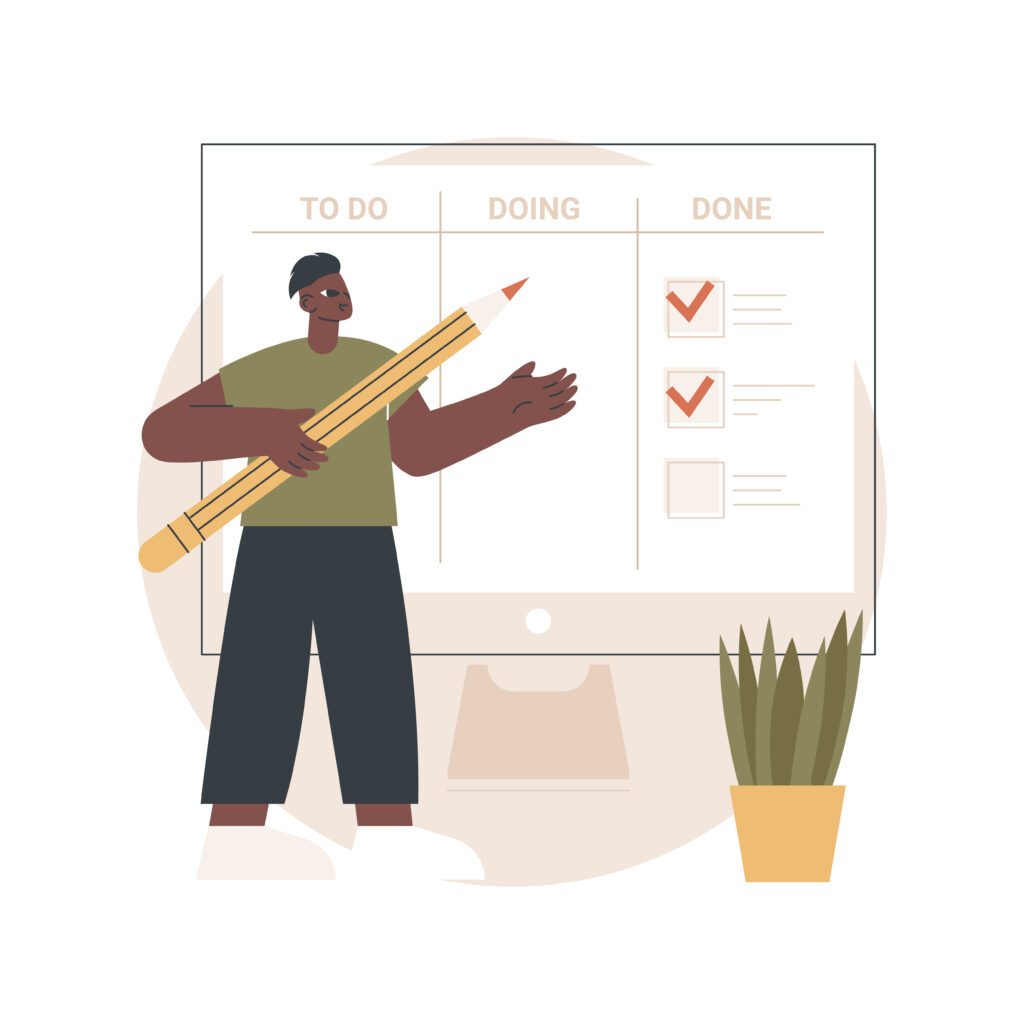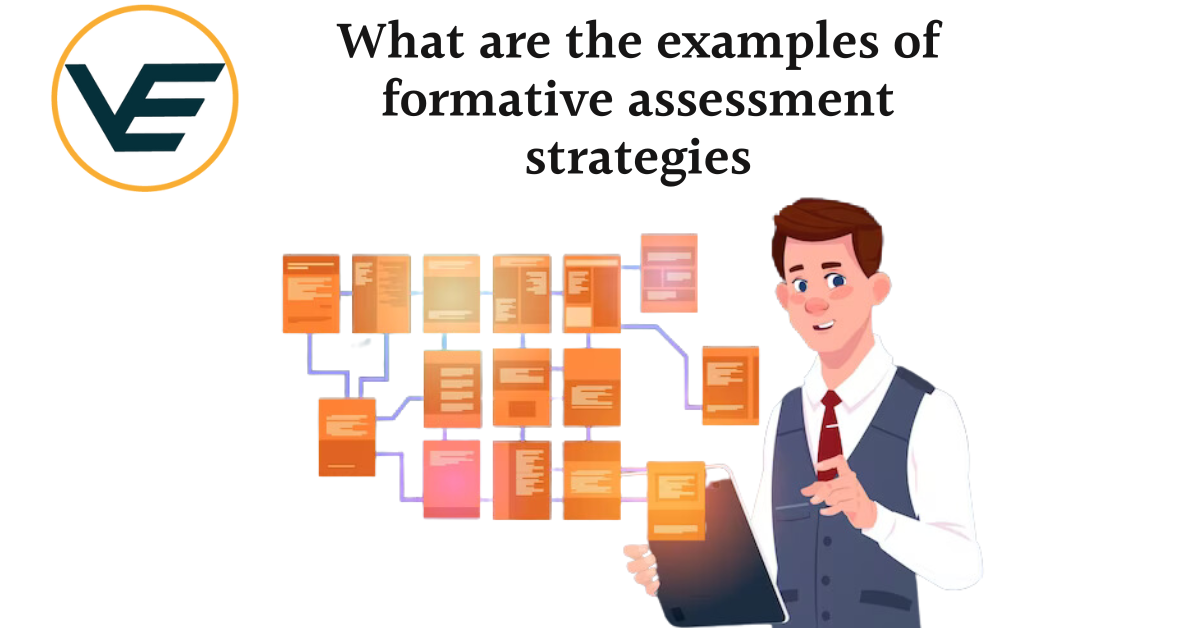Formative Assessment Strategies
Formative assessment is a vital component of the learning process, providing continuous feedback to both students and educators. These strategies help identify areas of improvement, track progress, and adjust teaching methods accordingly. The examples of formative assessment strategies provide the facility to understand it in a better way.

10 Examples of formative assessment strategies
Examples of formative assessment strategies are given below:
1. Quizzes and Polls
Quizzes and polls are great formative assessment tools that engage students and provide instant feedback. They can be conducted in various formats, such as multiple-choice questions, true/false statements, or open-ended questions. Teachers can use online platforms or interactive classroom tools to administer these assessments and quickly analyze the results.
2. Peer Assessment
Encouraging students to assess each other’s work fosters a collaborative learning environment. It helps students develop critical evaluation skills while providing diverse perspectives on their peers’ performance. Teachers can guide students on how to give constructive feedback and ensure a fair and positive assessment process.
3. Exit Tickets
Exit tickets are short quizzes or questions given to students at the end of a lesson or class. Students respond individually, summarizing the key points or answering specific questions related to the lesson. Teachers can review these tickets to gauge understanding and identify topics that need further clarification.
4. Observations
Teachers can use observational assessments during classroom activities to gauge student participation, engagement, and comprehension. This strategy is particularly useful in subjects like arts, physical education, and group discussions.
5. One-Minute Papers
At the end of a lesson, students are asked to take one minute to write down the most important concepts they learned or any questions they still have. This exercise helps teachers understand what students grasped and what may require additional explanation.
6. Think-Pair-Share
Think-Pair-Share is an interactive strategy where students first think individually about a question or problem, then discuss their thoughts with a partner, and finally share their ideas with the whole class. This technique encourages active participation and enables teachers to identify common misconceptions.
7. Concept Maps
Students create visual representations of their understanding by connecting concepts and ideas using concept maps. Teachers can analyze these maps to identify connections made by students and assess their overall understanding of the subject.
8. Learning Journals
Students maintain learning journals where they reflect on their learning progress, challenges, and achievements. Teachers can review these journals periodically to gain insights into individual student development and provide personalized feedback.
9. Digital Interactive Assessments
Using digital tools, teachers can create interactive assessments that adapt to individual student responses. These adaptive assessments help identify specific areas of strengths and weaknesses, allowing for personalized learning pathways.
10. Classroom Discussions
Engaging students in discussions on various topics promotes critical thinking and communication skills. Teachers can assess students’ understanding by actively participating in these discussions and guiding them toward accurate conclusions.
Incorporating these formative assessment strategies into the teaching process provides valuable insights for both educators and students, creating a dynamic learning environment that fosters growth and improvement.

